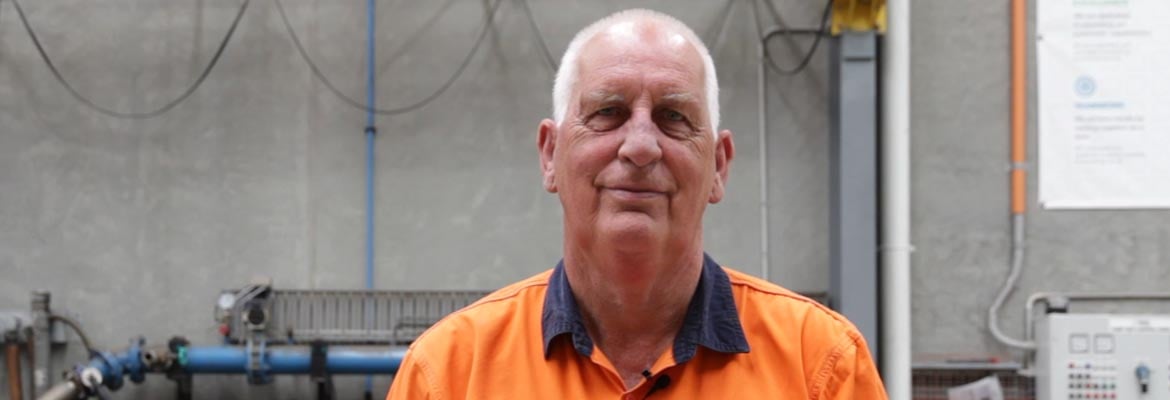Properly maintaining your pumping system will ensure the longevity of the equipment, reduction of downtime and consistent production schedule. Global Pumps understand how crucial your pumping system is to the success of your operations, which is why we share knowledge in our Q&A series direct from our team of experts.

In this week’s Q&A Series, we sit down with Workshop Manager Robin to discuss top tips for maintaining your pumping system.
Inspection
Q: How often should pumps be inspected?
Robin: We suggest pumps are inspected every 6-12 months. It is important to note that this does depend on the application and what the pump is pumping.
Q: Is there anything that should be looked out for?
Robin: It is important you look for leaks, lubrication, drive system wear, noise, electrical connections, proper voltage and amperage and vibration. Keep an eye on these elements to ensure optimal performance of your pump.
Q: How much noise should my pump make when it is operating?
Robin: Pumps will always make some sort of noise; it is important to distinguish between normal and abnormal noise though.
The noise emitted by pumps is caused by the vibrations in the piping and the pump casing. Therefore, it is critical you understand how your pump should ‘normally’ sound during operation, and how it should not.
Leaks
Q: Is it normal for the pump to leak at the mechanical seals / gland packing?
Robin: Whether your pump has a mechanical seal or uses gland packing, this is the most common place for water to leak. If the pump has packing in the stuffing box, there should always be a slight amount of liquid dripping through the packing. This is to ensure the packing is lubricated as well as not overheating.
If the pump utilizes a mechanical seal, there should be no liquid coming from the seal.
Lubrication
Q: How often should I lubricate the pump?
Robin: We always advise lubricating bearings once every six months. Oil-filled bearing’s levels should be checked monthly and should always be filled, whilst grease bearings should be checked as well, but only filled 1/3 full.
Note: the above is a guide only and it is always important you follow the manufacturers guidelines for the maintenance of your equipment.
For more information on maintaining your specific pump, Global Pumps suggest talking to the manufacturer. Otherwise, give our workshop team a call. We have experience building and troubleshooting a variety of pump types and can advise of best practice.

